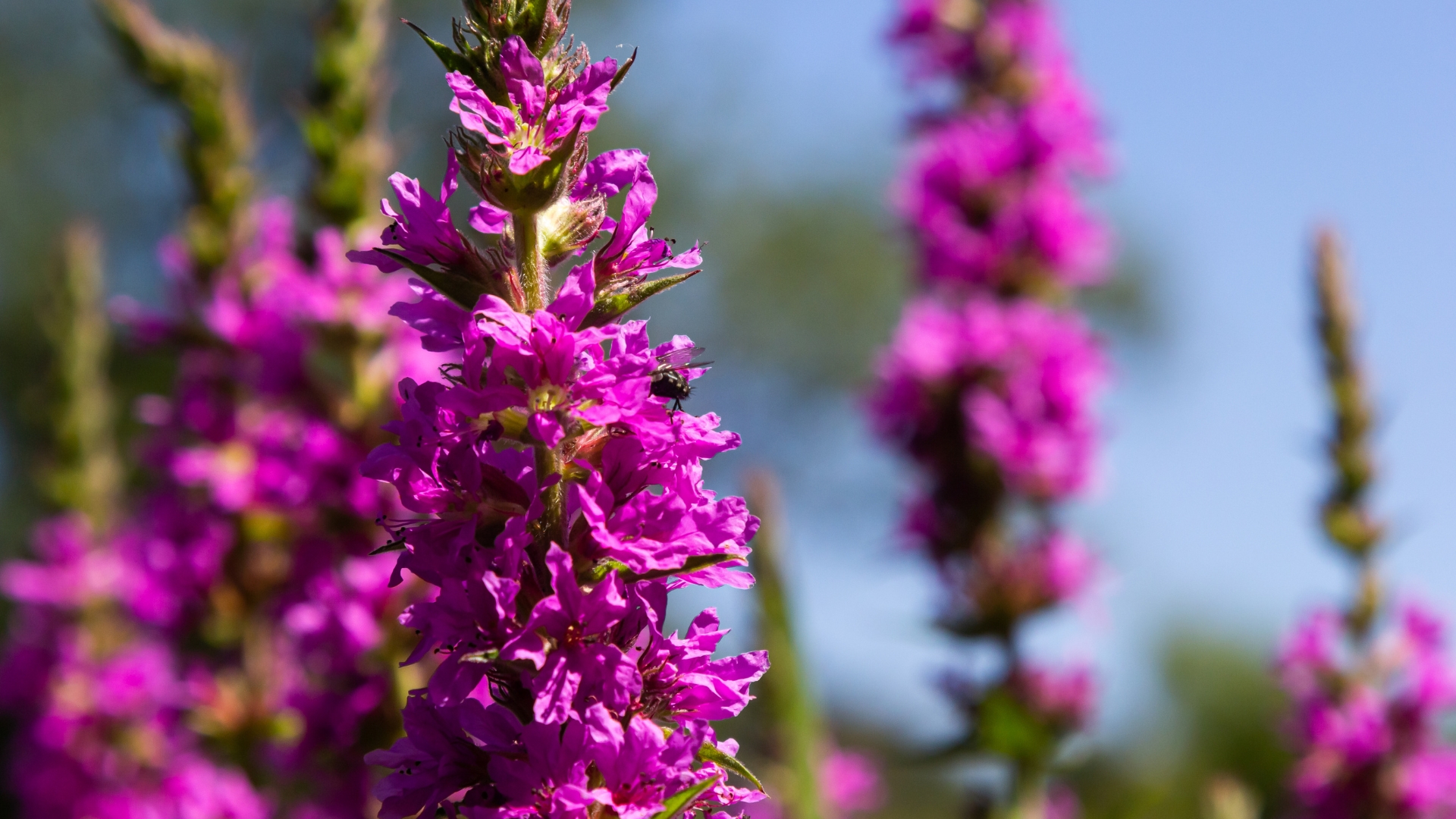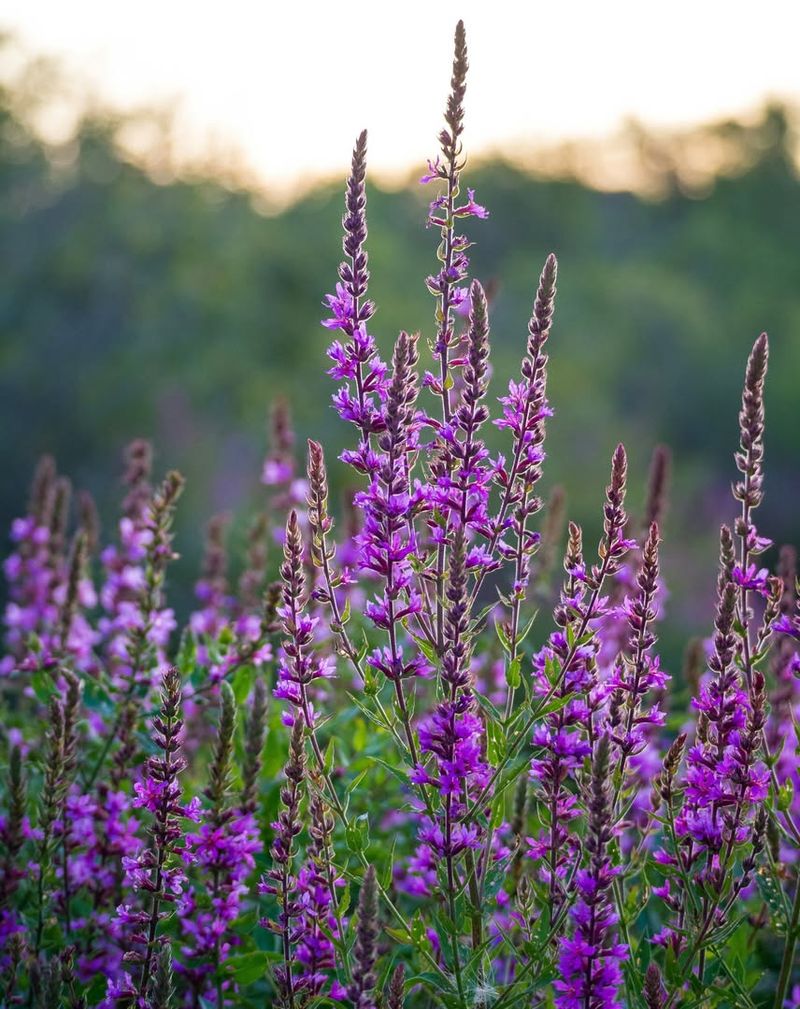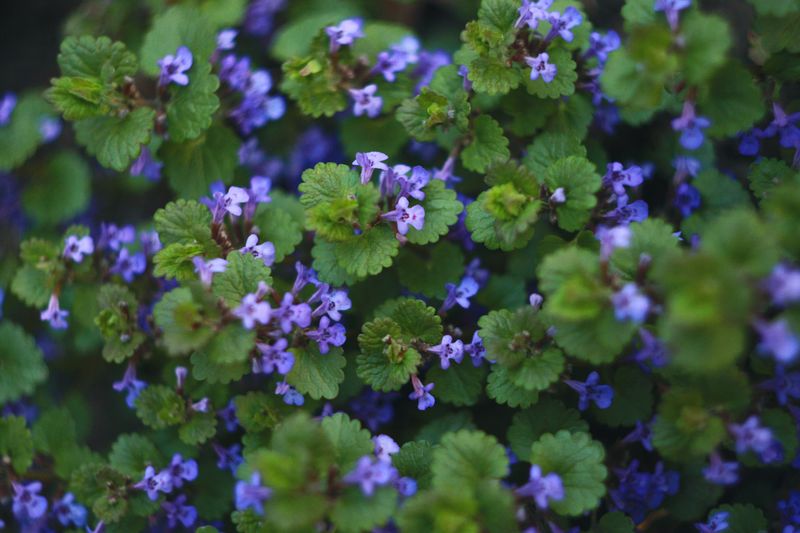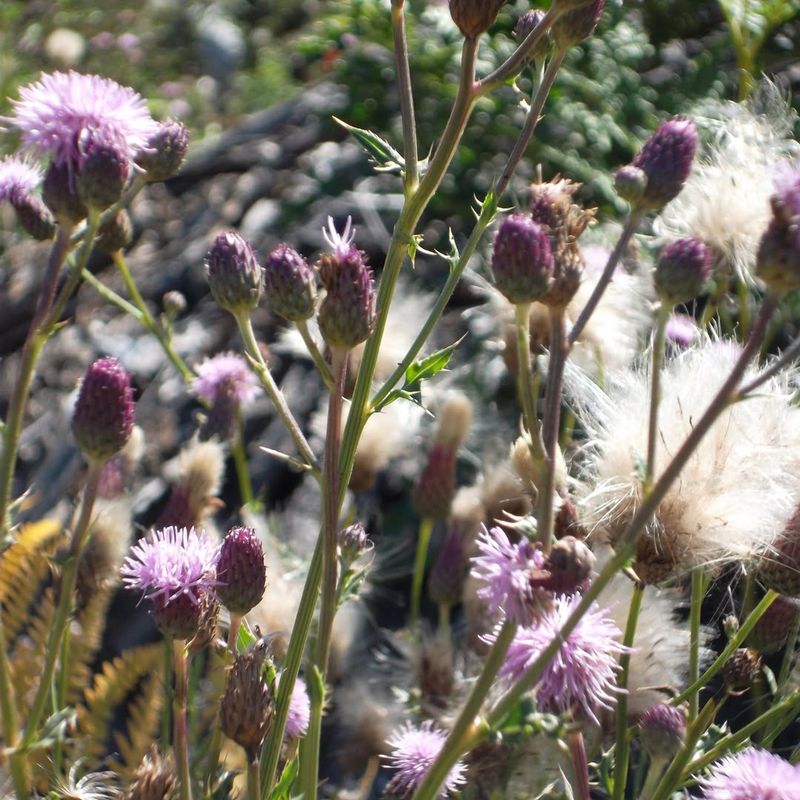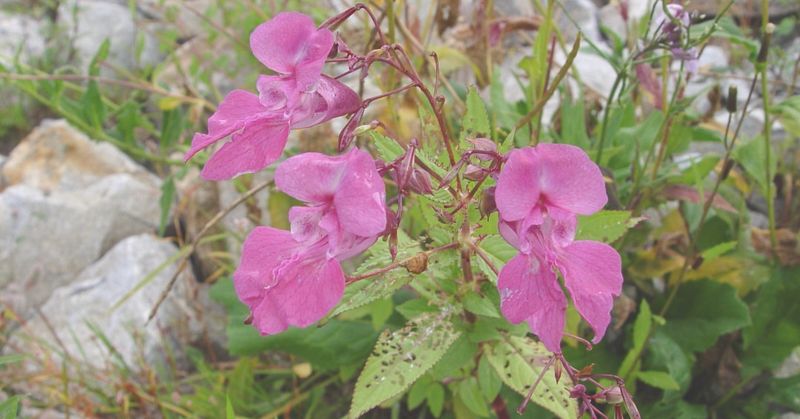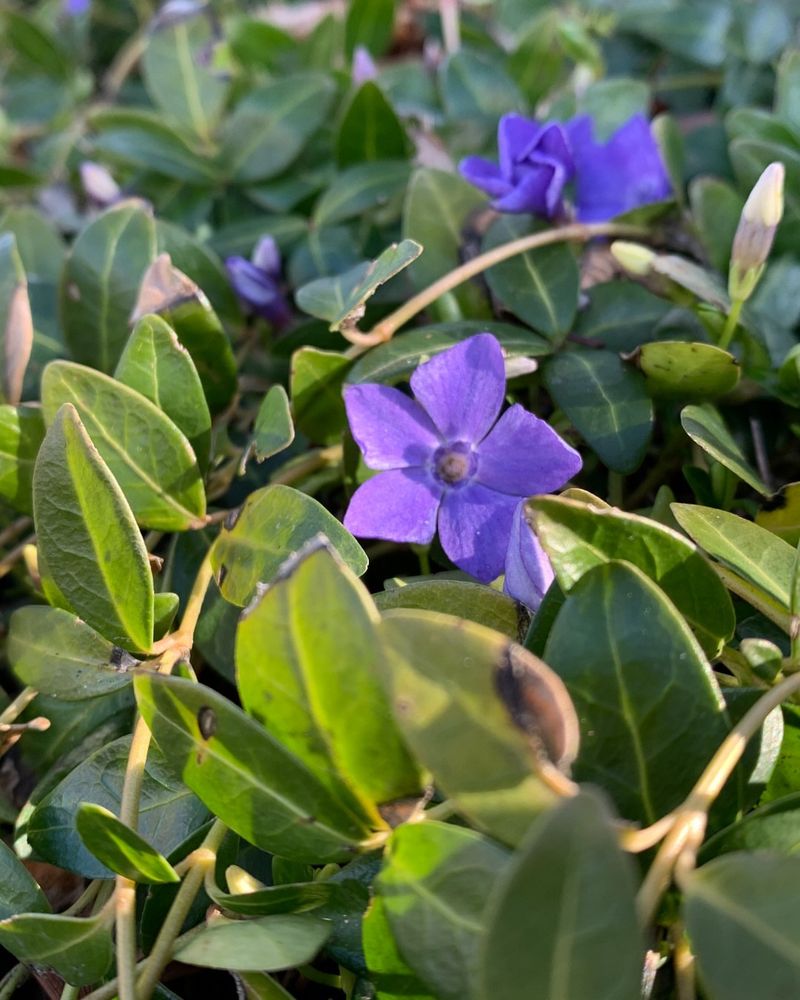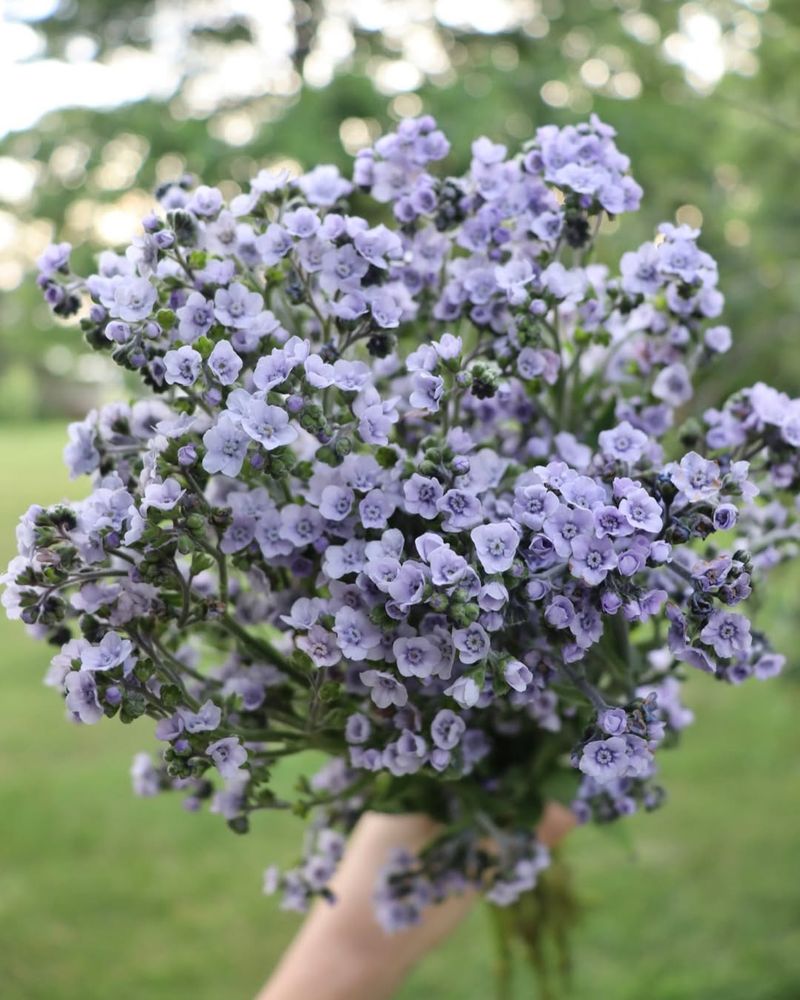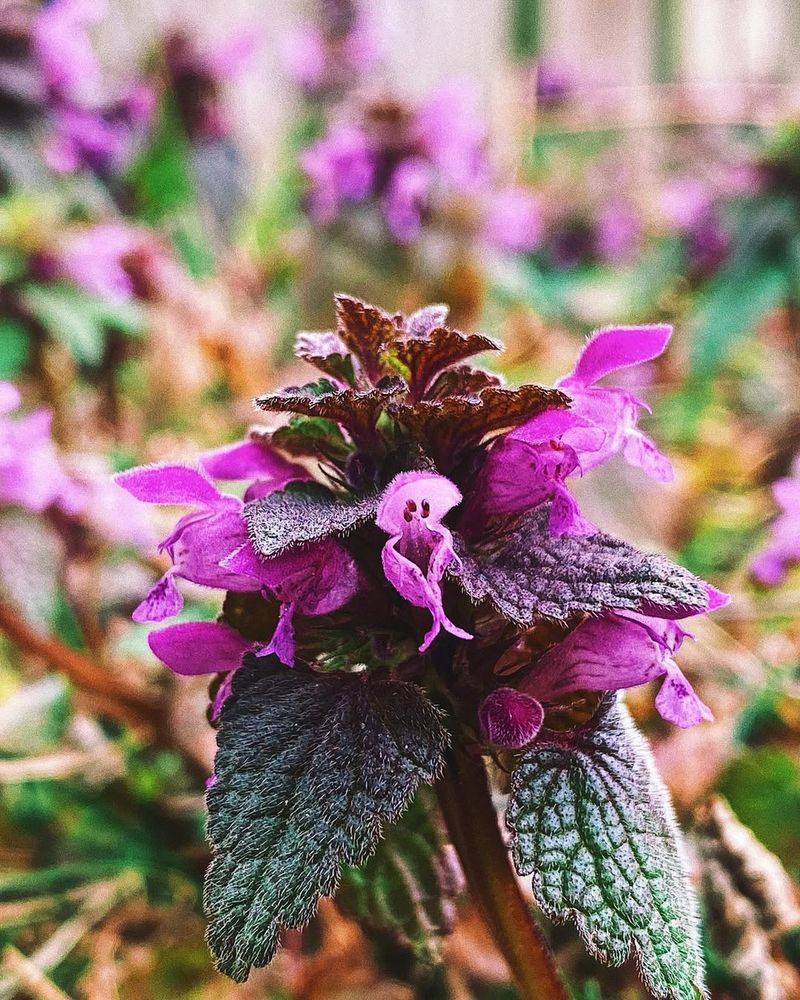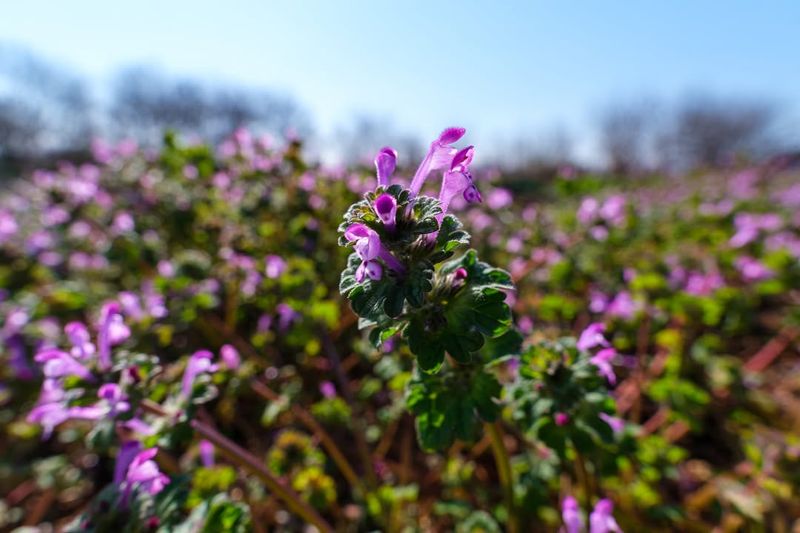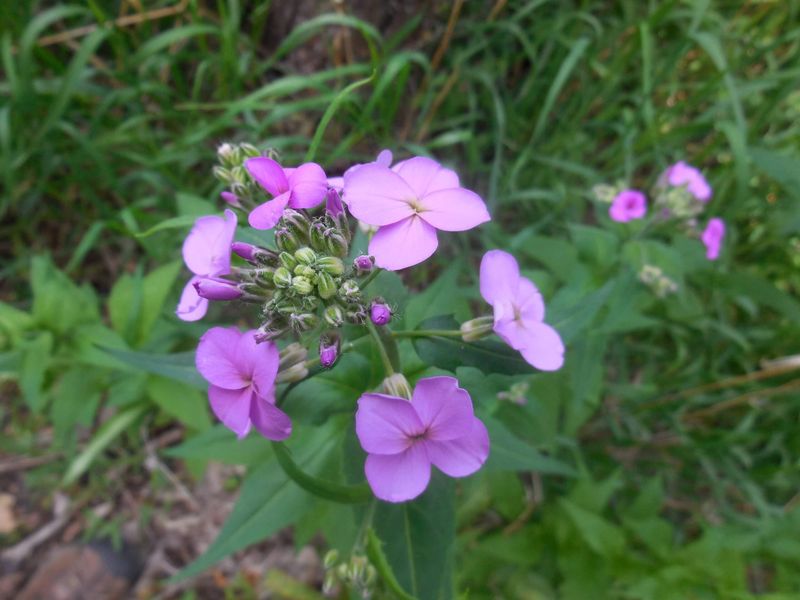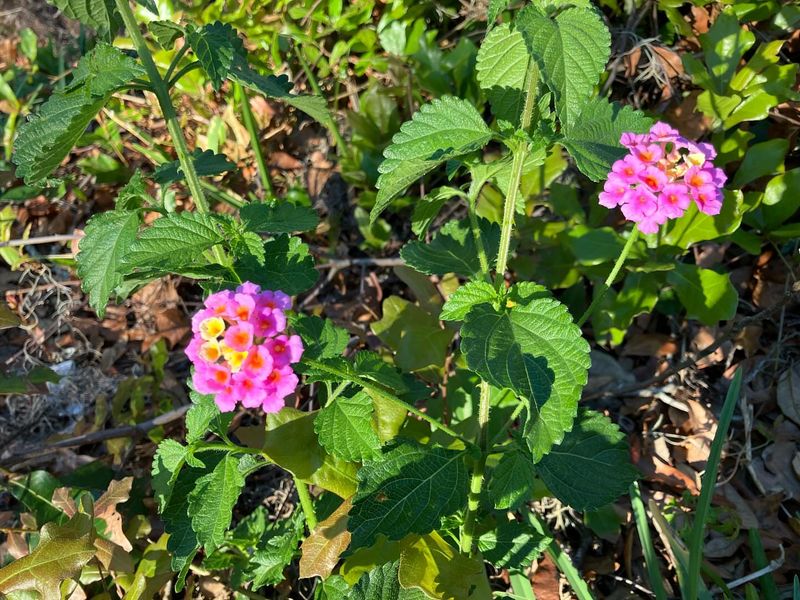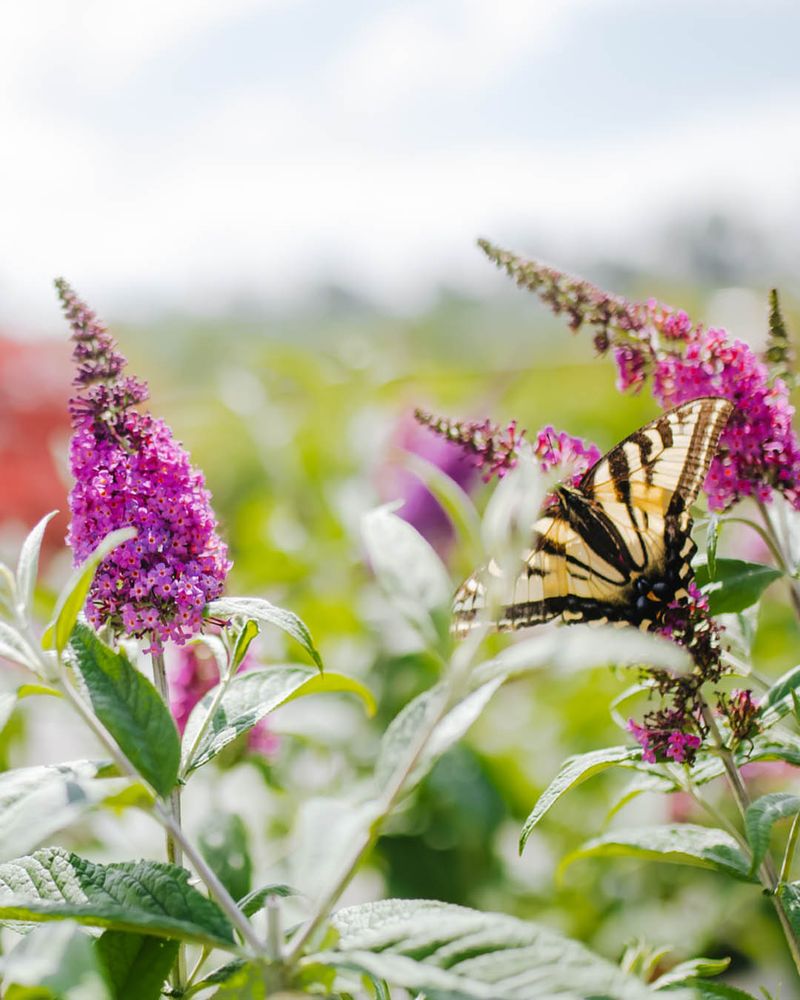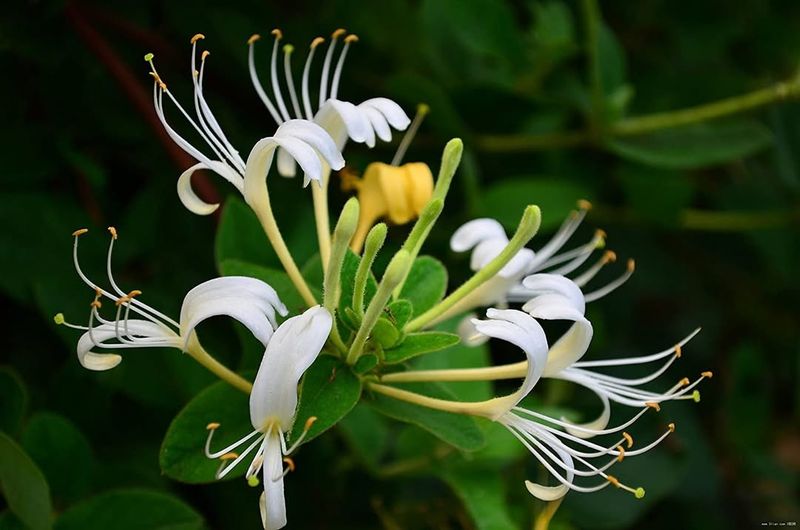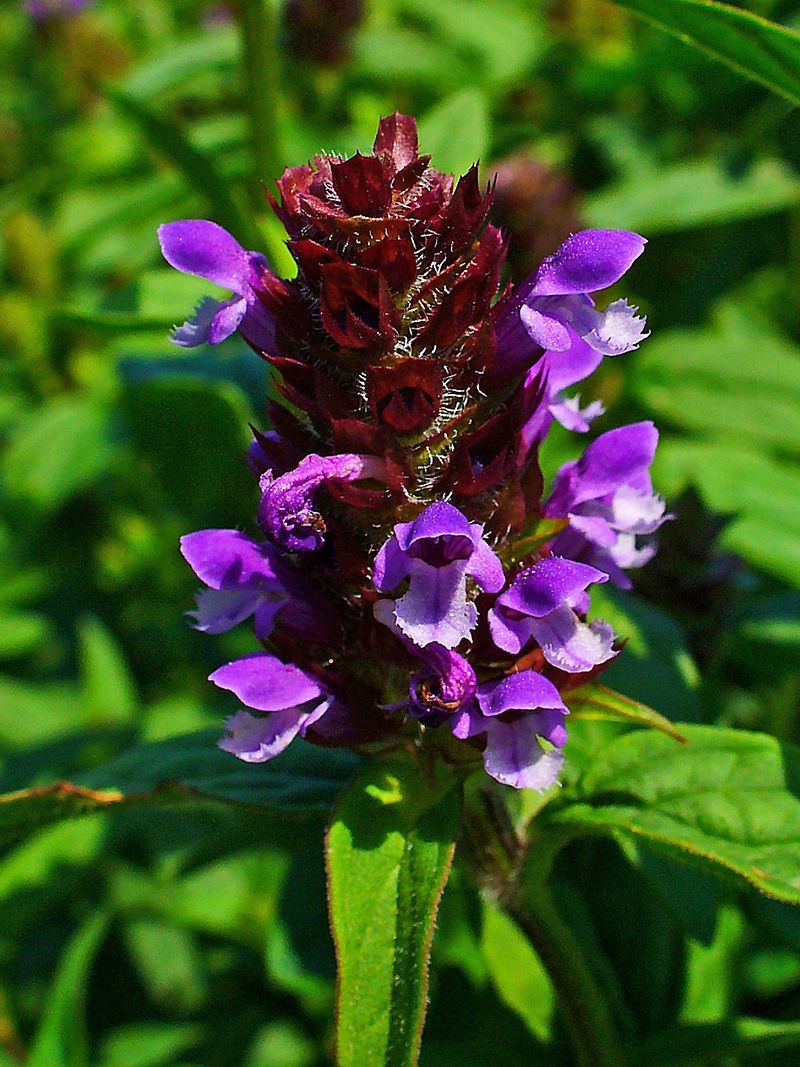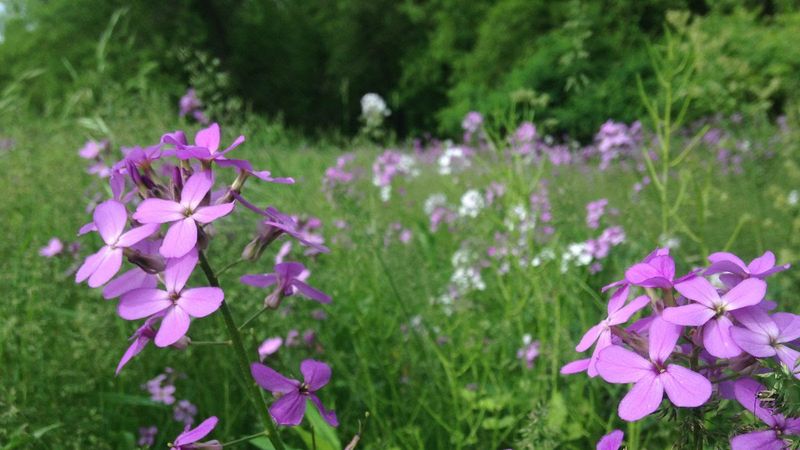Purple flowers can be breathtakingly beautiful, but not all of them are as innocent as they seem. Some of these pretty blooms are actually invasive weeds that can cause harm to your garden and native plants. Learning to identify these sneaky invaders will help you protect your garden’s health and beauty.
1. Purple Loosestrife
With its tall spikes of brilliant purple flowers, purple loosestrife looks like a garden superstar. However, this plant is notorious for invading wetlands and outcompeting native vegetation.
In some regions, it’s considered a serious threat to biodiversity. If you spot this plant, it’s best to remove it promptly. Its roots are robust, so carefully dig them out to prevent regrowth.
Remember, while its beauty is tempting, its impact on local ecosystems is anything but pretty. Always dispose of the plant responsibly to avoid spreading its seeds further.
2. Creeping Charlie
Creeping Charlie, also known as ground ivy, is a low-growing plant with lovely purple flowers. Despite its charming appearance, it can quickly dominate lawns and gardens.
It sends out runners, making it difficult to control once established. Removing it requires persistence and patience, pulling out the runners by hand. Ensuring your lawn is well-maintained can prevent its spread.
While its purple blooms are pretty, they belie its aggressive nature. If left unchecked, it can smother other plants, making it a challenging foe for gardeners.
3. Canada Thistle
With its spiky stems and soft purple blooms, Canada thistle gives off a surprisingly gentle appearance. However, this weed is a formidable adversary in gardens and fields. Its extensive root system makes it hard to eradicate.
Continuous mowing and pulling can help control its spread. Gardens can suffer from nutrient depletion and crowding due to this invasive species. Though its flowers may charm, its persistence is unrelenting, requiring gardeners to stay vigilant.
Combating this weed may take time, but perseverance pays off.
4. Himalayan Balsam
Himalayan balsam boasts striking pinkish-purple flowers and can grow up to six feet tall. Despite its exotic allure, it is highly invasive, particularly near waterways.
It can outcompete local flora, leading to erosion due to lack of root systems stabilizing banks. Removing it before it seeds is crucial. This plant’s allure is misleading, as its impact on ecosystems can be devastating.
Its explosive seed pods make it a prolific spreader, so quick intervention is advised. Consider planting native species instead to maintain ecological balance.
5. Vinca (Periwinkle)
The glossy green leaves and purple blossoms of vinca, or periwinkle, make it a popular choice for low-maintenance ground cover. While it seems ideal for ground cover, it can overrun spaces quickly.
This tenacious plant is known for its ability to smother native plants. Managing it involves regular pruning and monitoring. Though its blossoms are captivating, they hide a tendency to dominate ecosystems.
Gardeners often find themselves battling its spread. Using it in controlled areas or opting for native alternatives can help protect surrounding flora.
6. Forget-Me-Not
Forget-me-nots charm with their tiny purple-blue blooms, evoking a sense of nostalgia. Yet, these seemingly innocent flowers can quickly become invasive, especially in moist, shaded areas.
They self-seed prolifically, forming dense mats that choke out other plants. Controlling them involves diligent deadheading and thinning. While they hold sentimental value for many, their unchecked growth can upset garden balance.
Choosing to plant them in pots or designated areas can help manage their spread without sacrificing their beauty.
7. Wild Violet
With heart-shaped leaves and delicate purple blooms, wild violets can seem innocent—but they’re surprisingly persistent. However, they can quickly dominate gardens and lawns.
Their underground rhizomes spread aggressively, making them challenging to eliminate. Regularly pulling them up and maintaining a thick lawn can help control their spread. Though their flowers are delicate, their invasive nature is not.
Gardeners often wage a constant battle against these persistent plants. Understanding their growth habits is key to managing their impact effectively.
8. Purple Dead Nettle
Purple dead nettle’s fuzzy leaves and vibrant flowers can trick gardeners into thinking it’s harmless. Yet, it’s a fast-spreading weed capable of taking over garden spaces swiftly.
Managing this plant involves regular weeding and mulching to suppress its growth. Its beauty belies its tenacity, often challenging gardeners’ efforts to maintain plant diversity. Overlooking its invasive potential can lead to an overwhelming presence.
Opting for native alternatives ensures a balanced garden ecosystem while still enjoying beautiful blooms.
9. Henbit
The delicate flowers and distinct square stems of henbit give it an appealing look—but don’t let that fool you. This weed can spread swiftly, often overtaking lawns and gardens with ease.
It’s crucial to address it early with regular mowing and pulling to prevent seed formation. Though it resembles a gentle garden addition, its rapid growth can crowd out desired plants.
Its resilience requires gardeners to remain vigilant, ensuring it doesn’t establish a foothold. Maintaining healthy grass and monitoring borders helps keep this invader in check.
10. Purple Starthistle
While the purple flowers add a splash of color, purple starthistle quickly becomes a nuisance with its thorny foliage. This invasive plant is especially troublesome in dry areas, where it can monopolize resources.
Managing its spread demands regular mowing and careful removal. Letting it grow unchecked can lead to dense thickets that are hard to control.
While its appearance is captivating, its impact on local ecosystems is anything but. Staying proactive and replacing it with native species can preserve garden health.
11. Lantana
Lantana’s vibrant purple flowers are eye-catching, yet this plant can become invasive in warm climates. Its ability to spread rapidly poses a risk to native ecosystems.
Regular pruning and monitoring help keep it in check. While its blooms are alluring, their invasive potential makes them a concern for ecologically sensitive areas. Opting for more controlled planting or using native species can mitigate its impact.
Balancing beauty and ecosystem health ensures gardens remain both stunning and sustainable.
12. Butterfly Bush
Pollinators flock to the fragrant clusters of purple blooms produced by butterfly bush, making it a lively addition to any landscape. Unfortunately, it can become invasive, outcompeting native plants for resources.
Regular pruning and choosing sterile varieties help manage its spread. While it offers beauty and ecological benefits, its aggressive growth necessitates careful planning. Gardeners can enjoy its allure by opting for native alternatives that support local wildlife.
Balancing beauty with ecological responsibility ensures gardens thrive harmoniously with the environment.
13. Japanese Honeysuckle
Japanese honeysuckle weaves its way through gardens with fragrant purple blossoms. Despite its appealing scent, this vine is infamous for its ability to smother trees and shrubs.
Controlling it requires regular pruning and removal. Its rapid growth can overshadow native species, disrupting ecosystem balance. While the flowers are lovely, their invasive nature is a gardener’s challenge. Being vigilant in managing its spread protects local flora.
Selecting native climbers can provide similar beauty without the ecological disruption.
14. Bugleweed
Spreading through runners and crowned with vibrant flower spikes, bugleweed is a fast-growing ground cover with visual appeal. This ground-hugging plant spreads quickly, often outcompeting other garden residents.
Regular mowing and careful monitoring are essential for control. Though its appearance is appealing, its resilience in overgrowing spaces poses a challenge. Gardeners must remain proactive in managing its spread, ensuring native plants aren’t overshadowed.
Choosing controlled planting methods ensures garden diversity and beauty coexist.
15. Selfheal
Selfheal, with its charming purple blooms, might seem like an ideal meadow addition. However, it spreads vigorously, often overtaking desired plants in sunny areas.
Regular pruning and monitoring can help keep it in check. While its flowers are enchanting, its invasive tendencies necessitate careful management. Gardeners should consider planting in contained areas or alongside equally resilient plants.
This approach allows for enjoying its beauty without compromising garden health and biodiversity.
16. Dame’s Rocket
Standing tall among the greenery, dame’s rocket brightens fields and meadows with its rich purple blossoms. Yet, this plant is a notorious invader, rapidly overtaking native wildflowers.
Managing its spread involves diligent seed removal and monitoring. While its blooms are lovely, their aggression threatens biodiversity. Gardeners should consider alternatives to preserve ecological balance.
Embracing native wildflowers offers a sustainable and beautiful garden solution. Ensuring diverse flora enriches both garden aesthetics and ecosystem health.
17. Yellow Archangel
Yellow archangel’s variegated leaves and purple flowers make it an attractive ground cover. However, this plant can quickly become invasive, especially in shaded areas.
Regular pruning and monitoring are crucial for managing its spread. Its striking appearance masks its aggressive nature, challenging gardeners to maintain balance. Opting for native ground covers can prevent ecological disruption.
While its beauty is undeniable, its potential impact on local ecosystems requires careful consideration and intervention.

